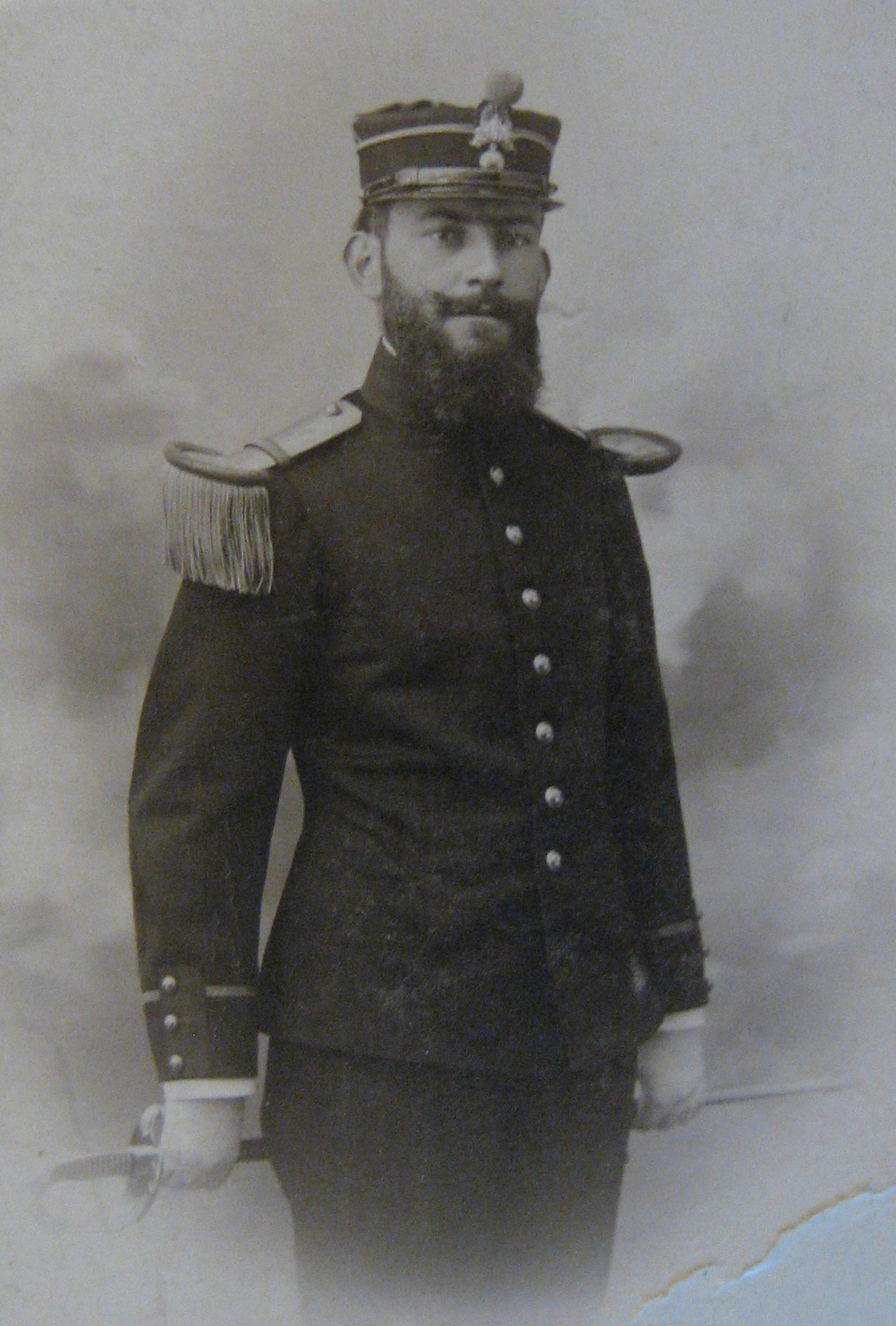My great aunt Marguerite Lindsay, aged 22 in 1918, was well trained in mothering long before she might have had a child of her own. She “mothered” grown men while volunteering with the Information Bureau of the Canadian Red Cross Society in London during the Great War.
Lady Julia Drummond1, a Montreal philanthropist, established the Information Bureau within the Canadian Red Cross in 1915, when the first of the Canadian contingents landed in France.
“It was her absorbing wish to bring to the fighting men of Canada, when they returned from the battle line, sick or wounded, some sense of personal interest and sympathy, of individual thought and care.”2 Thereby, given the nickname “The Mothering Bureau.”
As soon as the wounded Canadians arrived in London, they were informed of the Information Bureau as sort of the fairy godmother of childhood dreams. Then they completed an index card (white for the enlisted men, blue for the officers), stamped and addressed to Lady Drummond, with their name, number, battalion, the name of the hospital and next of kin. Within days, not only would they receive a note from Lady Drummond herself, but each soldier met with their assigned “visitor” who learned more about him as she kept in touch with all Canadians admitted to her specific hospital.3
The Visitor reported weekly to the Bureau of the soldier’s wound or illness, his physical and mental condition, his needs and general well being. These reports, completed with initials and dates, were kept on his index card and eventually held a complete record of the soldier’s case.
The various departments would then immediately become active:
- Letters of comfort or condolence based on these reports were quickly sent to the man’s family.
- The parcels department would dispatch tobacco, cigarettes, and other comforts as requested by the visitor.
- The newspaper department would send Canadian newspapers (often from their hometown).
- The drives and entertainment department brought some diversion.
- The hospitality department might arrange for leave in some kindly English home.
Efficient correspondence was the most important and valuable work of the Bureau.
Marguerite might have volunteered in one or several of the previously mentioned departments. However, I wonder if she worked along side Princess Mary3 (daughter of King George V and Queen Mary) as she too began her nurse’s training around the same time as Marguerite? Apparently Princess Mary told a friend: “they were some of the happiest days in my life.” Probably because she was not treated any differently from the others and the patients and her fellow nurses loved her.


During that time, most of Marguerite’s family were also involved in the war efforts in different ways. Marguerite’s mother and sister-in-law (wife of her brother Lionel a doctor in the Canadian Army Medical Corps) were also volunteers with Lady Drummond’s Information Bureau. Her brother Stanley, a Captain, fought in Ypres in 1915. And her father, Robert Lindsay, co-founded along with Lady Drummond and Lady Perley (wife of Canada’s High Commissioner) the first of The King George and Queen Mary Maple Leaf Clubs3. (A Montreal Stockbroker…and much more) Several large London homes were donated and refurbished to provide for the welfare of Canadian Expeditionary Force (CEF) soldiers on leave from the front.
Robert Lindsay kept a family residence in London for several years at 8 Radnor Place, Hyde Park, just over a mile from Coulter Hospital4 (another refurbished home) at 5 Grosvenor Square, Mayfair, where Marguerite volunteered her time with the Bureau. A 20-minute walk home to the shelter of family life might have provided a bit of normalcy to her hectic days.
Sometime in 1919, after the end of the war, Marguerite continued her volunteer work as one the much needed VADs (Voluntary Aid Detachments)5 at the Canadian Red Cross Hospital in Sidmouth, Devon. She must have lodged with the other nurses since the family home in Hyde Park was now 160 miles away.
What did Marguerite and the other volunteer “mothers” accomplish in the Great War?
To some of the men, they provided kit bags, tobacco and chewing gum and such, but to others – a renewed interest in a changed life and some hope for the future. All the soldiers were cared for as individuals and that’s what really mattered. A much needed human and personal touch during the time of war.
1http://faculty.marianopolis.edu/c.belanger/quebechistory/encyclopedia/LadyGraceJuliaDrummond-QuebecHistory.htm
2The Maple Leaf’s Red Cross, The Mothering Bureau, p. 70
3The Story of Canadian Red Cross, chapter 111, p. 16
3https://www.historyofroyalwomen.com/mary-princess-royal/mary-princess-royal-the-beloved-princess/
3http://www.canadianmilitaryhistory.ca/wp-content/uploads/2012/03/5-Cozzi-Maple-Leaf-Club.pdf, Sarah Cozzi
4https://wartimememoriesproject.com/greatwar/hospitals/hospital.php?pid=13605
The Coulter Hospital opened in September 1915 in a house in Grosvenor Square lent for the purpose by Sir Walpole Greenwell (1847-1919).
5At the outbreak of war in 1914, some 46,000 women were serving as VADs and by the end of the war, over 90,000 had registered.













